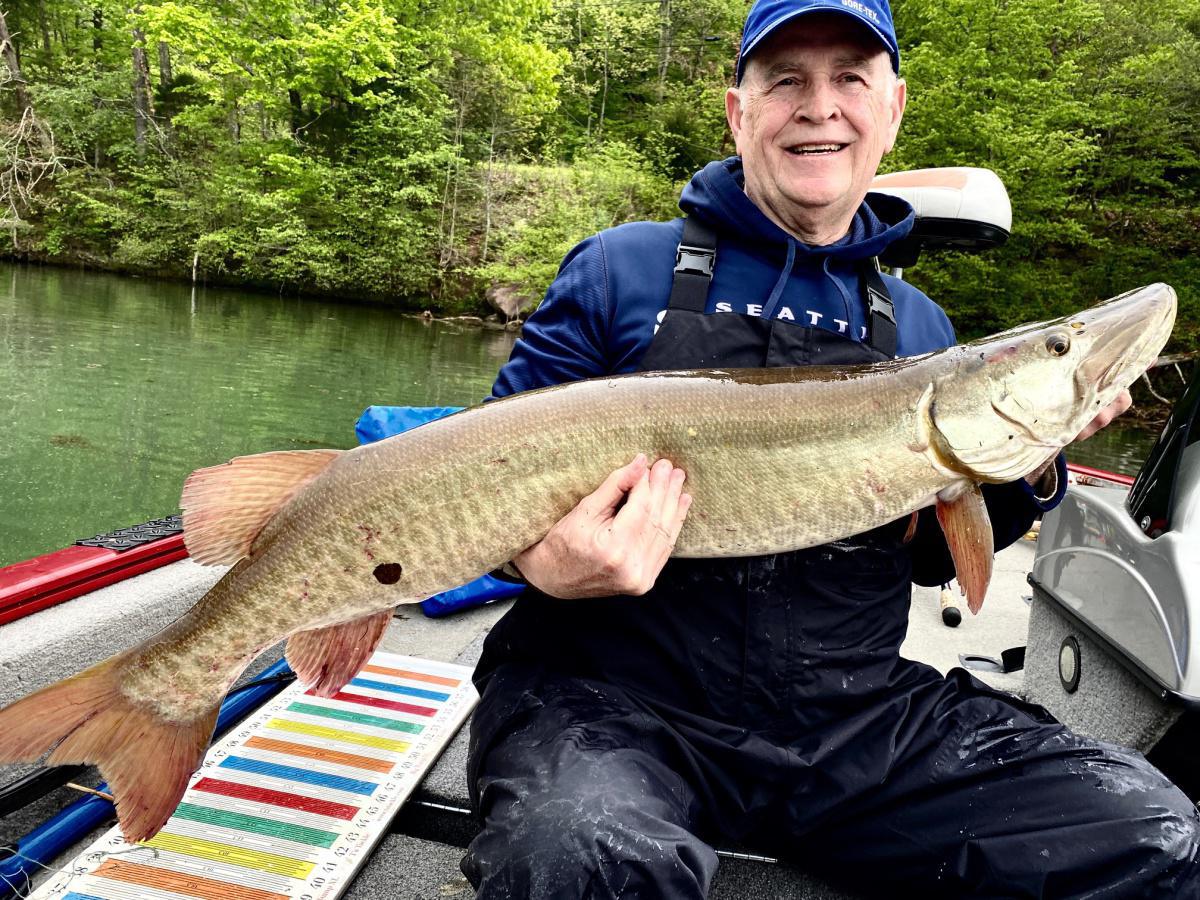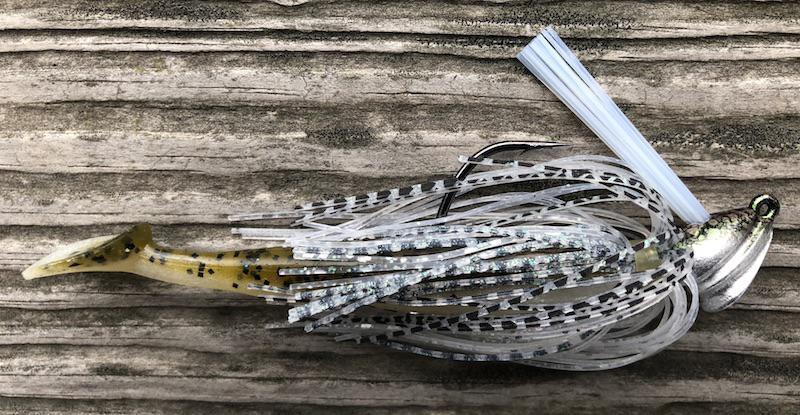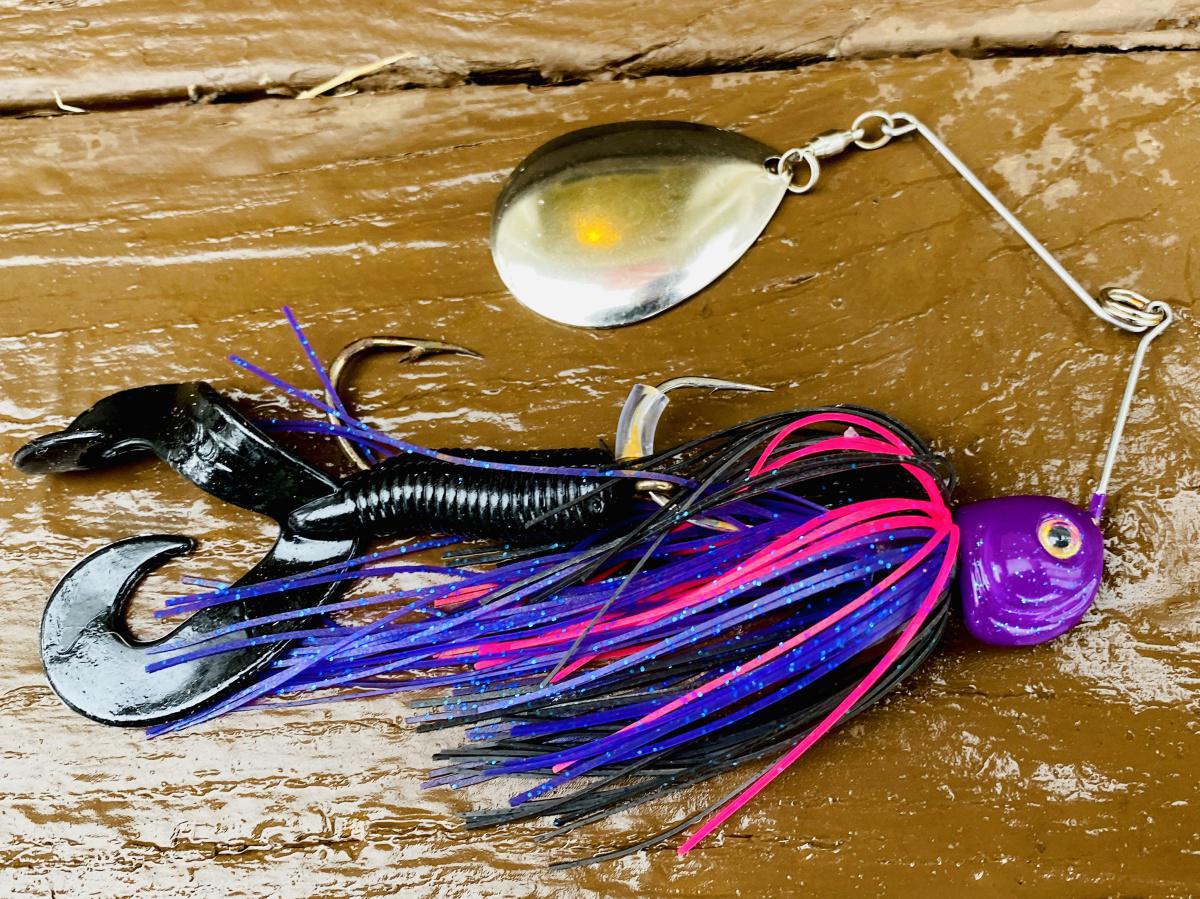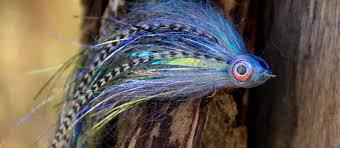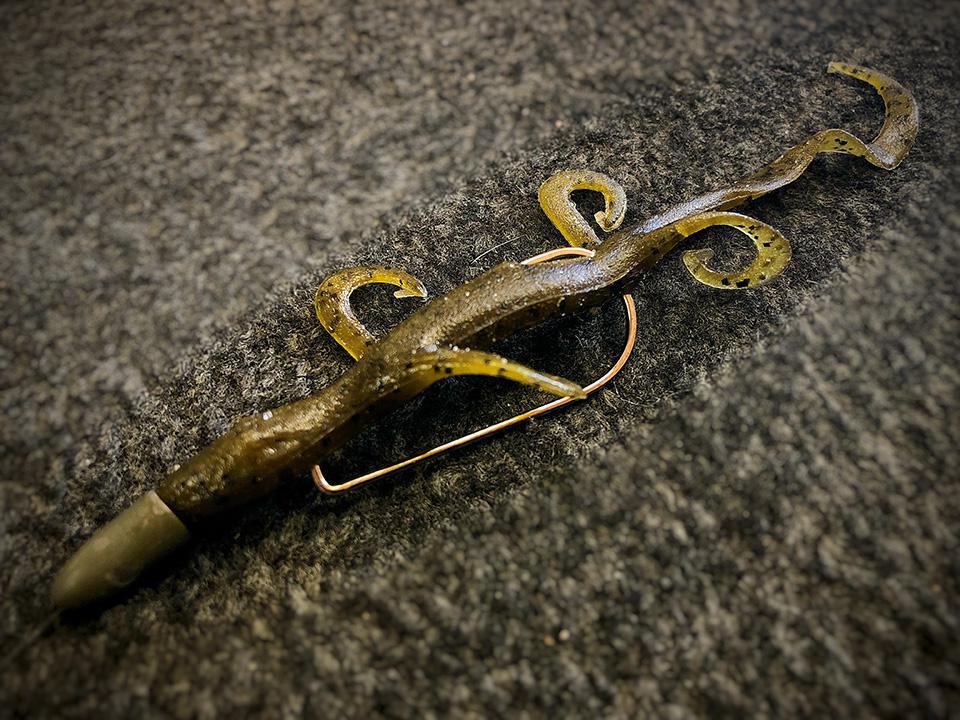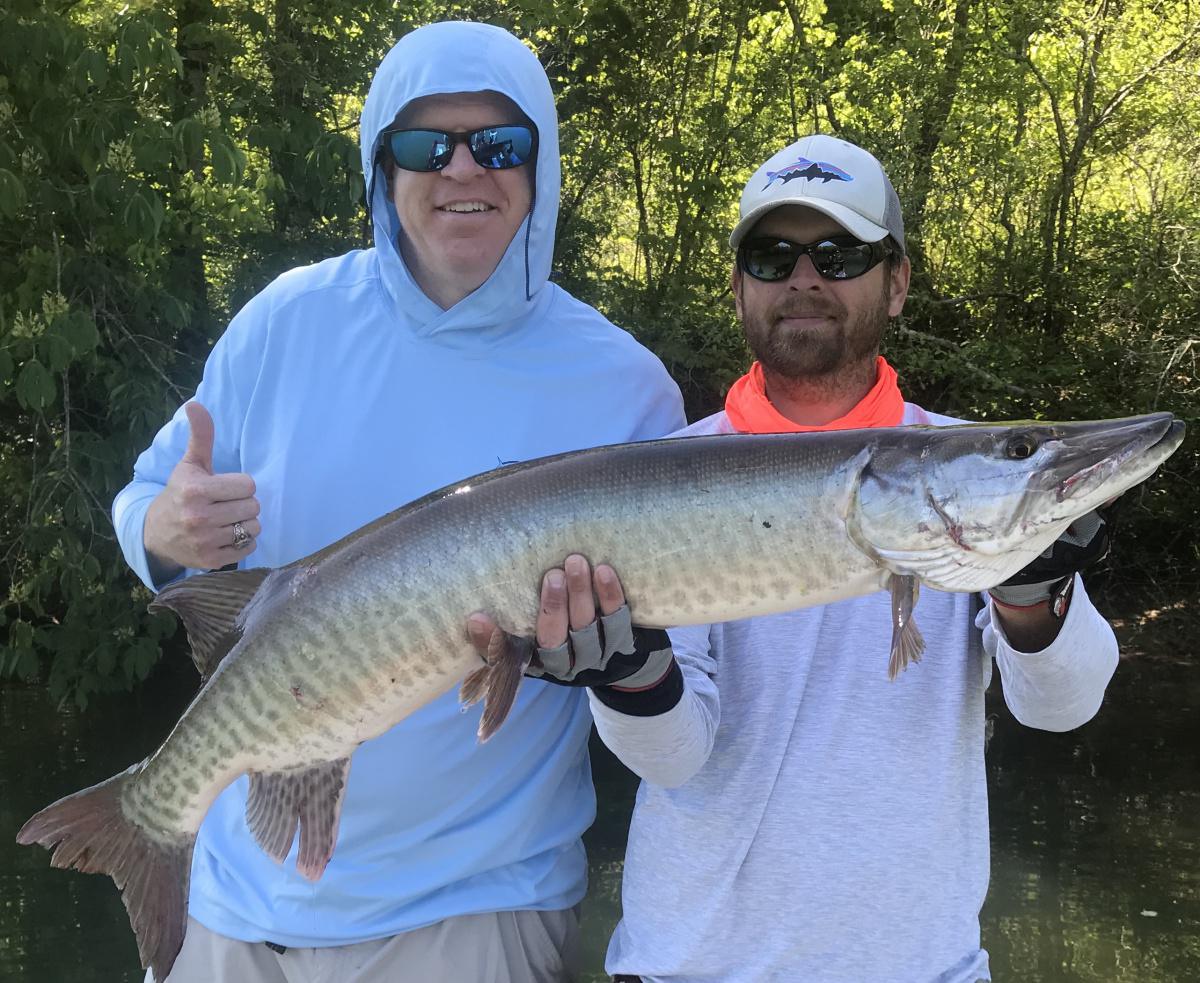Rattle traps, small gliders and diminutive bucktails are the proven early season producers that most musky anglers rely on. These down-sized presentations are right on target for the majority of season opener and are well suited to trigger strikes from post-spawn muskies.
But there comes a time when conditions are less than favorable, largely during the initial start of the season. So now your mini musky lures are generating reluctant follows instead of bone jarring strikes, this means it's time to double down on downsizing.
We all know the tried and true way to crush'em in a cold front is to downsize, but if you’re already throwing the smallest musky lures available where do you go from there. Understandably, many anglers are reluctant to use non-musky specific lures fearing their lack of integrity, which could turn a triumph in to just another fishing story. So, let’s look at some trusted options that are tough enough to handle our toothy friends.
Swim Jigs
Swim Jigs are the first place I turn when muskies are following rattle traps and small blades but are unwilling to commit. These are especially deadly when paired with a Sassy Shad giving it the slightest paddle tail vibration. Swim Jigs can be worked with a slow and steady, straight retrieve but are highly productive while committing to a start/stop method.
The key to trigging strikes with a start/stop retrieve is allowing adequate time on the fall for the muskie to either grab the swim jig while it descends or to pick it up off the bottom. Mud or Sand flats are the perfect place to let the lure contact the bottom for extended periods of time and added jigging while making bottom contact can lead to explosive strikes.
Half and Three-Quarter ounce Swim Jigs can be found with super strong 7/0 hooks that are in the same strength class as most musky hooks, so structural failure is not a concern.
Bass "Barf" Spinner Baits
Lowering yourself to the lowest of lows and throwing a bass spinner bait sure does feel cheesy for anyone that calls themselves a musky fisherman, but it definitely works. Getting the desired results often takes a little modification. The typical bass-sized spinner baits, available at local big box stores, are usually a smidge small on the blade side of things.
The first modification I turn to is a blade swap, changing the existing blade over for a #5 or #6 Colorado blade, this keeps the overall lure size small but while adding a more productive thump. Also, the increase in blade size allows for an overall slower retrieve which is critical in a cold front. Dressing these baits with a grub or paddle tail shad helps visual appeal and adds some additional weight, aiding in cast ability.
Just like other spinner baits, this presentation will work in a straight retrieve, but allowing the lure to fall several times during the retrieve can be a deadly trigger. The blade of the lure will "helicopter" as the spinner falls, slowing the overall presentation without sacrificing action making it a cold front killer.
These bass sized spinners can be found in the fishing isle of your local Wal-Mart, making them an easy and cheap alternative to acquire.
Streamers
It's hard to get more downsized in the world of musky fishing that a three- or four-inch Streamer. These small flies are an underutilized, subtle-finesse presentation in sport that typically relies on bludgeoning our target species. It may seem counter intuitive but when conditions are at their utter worst, picking up a fly rod can be your best option.
The reason small streamers excel in tough conditions is in their inherent subdued action, even at top stripping speeds it is hard to displace much water with a three- or four-inch streamer. I know what you’re thinking, "this dude wants to seem way cool and drop some musky fly fishing in an article”, but a slow fly presentation is unbeatable when action grinds to a halt during the early season.
Predator flies like streamers, deceivers and smaller baitfish styles do not require monster 11 and 12 weight fly outfits and can be thrown on smaller inexpensive fly rods even down to the 8-weight class.
A Texas Rig Lizard is a tiny Bull Dawg...You Know I'm Right...
As musky anglers we love our big rubber, but bass anglers have been putting fish in the net with little rubber for decades. These tiny little lizards fit the bill for early season muskies that are non-committal or have seen a billion bucktails before noon. A Texas Rig Lizard for muskies is easily made with a piece of leader wire or fluorocarbon.
I pre rig these presentations and will do some weighted versions and some non-weighted as well. Depending on the depths I intend to target I will use 1/2- or 3/4-ounce bullet weights and rig these with a 7/0 hook. You can retrieve these in the same manner that you might a Bulldawgs with rip, pulls and stops.
Quite a few micro rubber musky lures are available for sale but when you can buy an entire bag full of lizards for a couple bucks it's an easy choice for me.
I wish you the best of luck this musky season and I hope you have a phenomenal season opener. But if conditions get tough and the weather decides to not cooperate, it might be time to think outside of your musky tackle box and double down on downsizing. If you are not catching muskies as-is then what’s the harm in experimentation you just might get a toothy surprise.
Steven Paul

